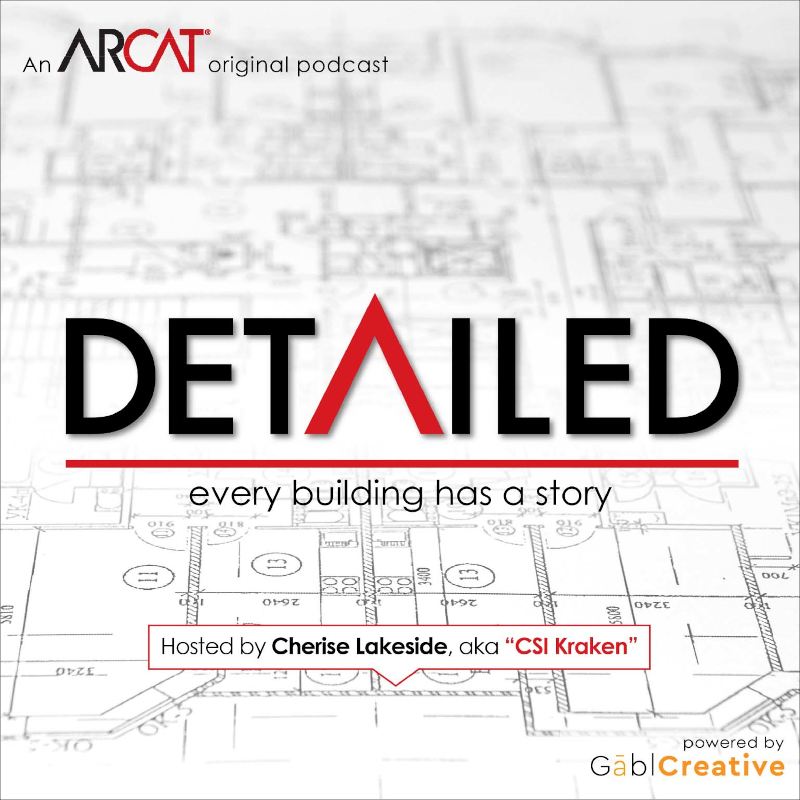|
Contributed by Randy Nishimura Construction insurance, bonds, and warranties are among the most confusing and inscrutable matters requiring the everyday attention of everyone involved with design and construction. Consequently, it’s important for building industry professionals to understand their various forms and the salient features of each that distinguish their fundamental purposes. Accidents happen. Losses occur. Things break or don’t work like they’re supposed to. To “fix” these problems entails prescribing responsibilities and providing assurances necessary to safeguard the interests of the various parties involved in today’s increasingly complex building processes. This is the role of construction insurance, bonds, and warranties. In a nutshell, they may be defined and distinguished as follows: Construction Insurance Fundamentally, insurance is a financial risk management tool, the primary concept of which involves the transference of the risk of potential financial loss from the insured to an insurance company in exchange for a monetary premium. Most everyone is familiar with insurance in one form or another, such as automobile insurance, homeowner’s insurance, or health insurance. Construction industry insurance is similar, protecting policy holders from catastrophic financial losses in the event of a claim or occurrence. Construction insurance includes coverage for general liability related to claims for bodily injury, property damage, personal injury, and others that can arise from construction-related activities. There are also professional liability policies, that protect individuals and companies from the full cost of defending claims of negligence, primarily for errors & omissions (after all, humans sometimes will make mistakes). Other forms of liability insurance include policies for managerial liability, and liability risks related to pollution, the actions of company directors and officers, cyber activities, and workers’ compensation. Excess liability policies provide coverage limits above those of an underlying liability policy, and are sometimes a contractual requirement on construction projects. Construction insurance also includes property insurance. Builder’s risk policies offer coverage in the event of property losses, protecting the insurable interests in materials, fixtures, and/or equipment being used in the construction or renovation of a building. Builder’s risk insurance can be purchased either by the owner or the general contractor, depending upon the terms of the Contract for Construction. It is usually a statutory requirement for public work. Inland marine coverage (a peculiar term) protects property in transit, as well as the instrumentalities of transportation (the bridges, roads, and piers, etc.). Property insurance purchased by one party can also provide coverage for the business or personal property of others, who become additional named insureds on the policy. This kind of coverage is often used in the instances where an owner may rely upon the insured contractor to provide protection of property the owner has paid for but is not yet part of the completed work (such as for materials stored in an off-site warehouse). Some cautionary words about construction insurance: Insurance, the saying goes, is like Swiss cheese. There’s a lot of substance to it but a lot of holes as well. It’s in everyone’s best interest to understand required and recommended coverages for any construction project. It’s also important to avoid limiting coverage through poor contract language. Equally important for everyone involved with a construction project is to review contractual requirements related to indemnification with their respective insurance providers. Finally, coordinating, verifying, and tracking certificates are keys to effectively managing insurance products. Surety Bonds The easiest way to distinguish surety bonds from insurance policies is to understand that insurance provides protection from things beyond your control, whereas bonds come into play upon a breach of a contractual obligation. A bond is itself essentially a form of contract between a principal (the contractor) and the surety company (the “rich uncle” so to speak). It is a third party, usually the owner, who is the claimant when a bond is exercised. The various forms of surety bonds include bid bonds, performance bonds, payment bonds, and maintenance bonds: Bid bonds provide financial protection to the owner if a bidder is awarded a contract pursuant to the bidding process, but fails to sign the contract and provide required performance and payment bonds. The bid bond process also helps to screen out unqualified bidders and is often necessary to the process of competitive bidding. Performance and Payment bonds protect an owner from financial loss in the event the contractor fails to perform the contract in accordance with its terms and conditions. With cause, an owner can declare a contractor in default and terminate the contract, and then can call on the surety to meet the surety’s obligations under the bond. Surety companies prequalify contractors based on their financial strength, construction expertise, and ability to perform the proposed work. By requiring surety bonds, owners present themselves with a level of assurance that the selected contractor will fulfill its contractual obligations successfully. Regardless, private owners do not always require contractors to furnish bonds because they increase the cost of a project. On the other hand, all public agencies do require performance and payment bonds. The bonds provide subcontractors and suppliers with remedies for losses for non-performance by the principal in the absence of construction lien rights on public projects. Maintenance bonds are purchased by a contractor and protect the owner of a completed construction project for a specified period against defects and faults in materials and workmanship. The purpose is to provide the owner with a means to ensure the cost to resolve problems is not an issue. A key concept associated with surety bonds is that a contractor who has had a claim filed against a bond must repay the surety for any compensation it makes to the obligee (the owner). Warranties One of the more vexing topics for anyone involved with construction is the purpose and true scope of warranties. Warranties are not to be confused with the correction period (usually one year in duration from the date of Substantial Completion), which is the time during which the contractor has the obligation to rectify deficient work. The correction period is associated with the contractor’s responsibility to generally correct deficiencies, whereas warranties apply to the need to complete a project in accordance with specific requirements of the contract documents. Warranties are a representation made by one party that another party can rely on. Warranties may be expressed (in writing) or implied (not directly stated but assumed to exist under common law). The problem with written warranties is that you need to fully understand what they say. Manufacturers are careful to only warrant what they directly control. Also, the scope of one manufacturer’s warranty may differ significantly from that of another manufacturer even though their products or systems may otherwise be similar and meet the project’s specified requirements; accordingly, it is incumbent on the design professional to clearly (and realistically) define warranty requirements and subsequently review submitted them with care to ensure the warranty provisions fully comply with them. What about “guarantees?” How is a guarantee different from a warranty? A guarantee is generally synonymous with a warranty; the difference is a guarantee is more akin to a surety bond, wherein someone makes a promise to be responsible for another’s debts or obligations. Class Limitations Periods It's important to be cognizant of the time limits on claims under different circumstances and how they might apply to insurance and warranties. A statute of repose is intended to bar actions after a specified period has run from completion of a project. A typical state of repose period runs for 10 years for public projects, and 6 years for commercial projects. A statute of limitations differs from a statute of repose by being triggered by an “injury” or claim for damages. The time limits vary depending upon the nature of the claim and the state within which the claim is filed. Typical limitation periods include 6 years for breach of contract, 4 years for product liability, 2 years for upon disclosure of negligence, and 2 years from the date of discovery for design defects. This means a plaintiff can file a claim for, say, faulty construction within four years of identifying the problem if the statute of repose has not already been exceeded. * * * * * * As suggested earlier, construction insurance, surety bonds, and warranties are complex, nuanced, and confusing subjects. This article only begins to scratch their surfaces. The bottom line is circumstances will necessitate calling upon insurance, bonds, or warranties. In those instances, they become mechanisms for the satisfactory execution of a project or to help make parties whole in the event of a loss. This are precisely the reasons why we all should know them well.
(Editor's note: An earlier version of this post appeared on Randy's blog, which you can read here.)
4 Comments
2/15/2018 08:51:28 pm
It is indeed sometimes confusing and inscrutable when talking about construction insurance, bonds and warranty but this blog just enlightened me about this kind of matter. Thanks for posting this one. Keep on blogging.
Reply
6/26/2018 12:54:09 pm
Last week, we briefly discussed what lien rights are, and why they matter. (Lien Rights Explained, Part I)
Reply
12/7/2018 12:37:46 am
I believe that surety bonds and insurance is the same thing as they provide assurance. But after reading this blog I came to the conclusion there is the major difference between them.
Reply
Leave a Reply. |
AboutLet's Fix Construction is an avenue to offer creative solutions, separate myths from facts and erase misconceptions about the architecture, engineering and construction (AEC) industry. Check out Cherise's latest podcast
Get blog post notifications hereArchives
March 2022
Categories
All
|


 RSS Feed
RSS Feed
